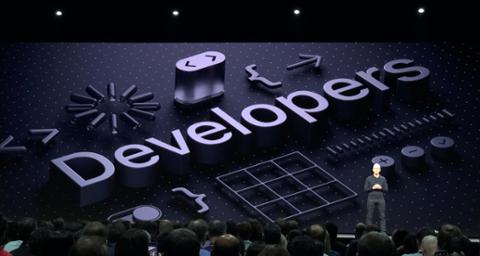Apple’s annual developers conference, WWDC, always brings a ton of new tools to developers. This year's edition is no different, but Apple also subtly murdered its own worst enemy.
For years, Apple used the term "Radar" for its bug reporting system; essentially, shorthand for putting something on its radar. “File a Radar” morphed from a request to formalize a complaint into what felt like Apple brushing you off when you raised an issue about its services or software.
Now, Radars are dead. Apple folded its bug reporting system inside its Feedback Assistant, which allows users to report issues with beta versions of platforms such as iOS or macOS.
In its developer portal, Apple writes: “You can now submit developer feedback and file bug reports to Apple using the native Feedback Assistant app for iOS and Mac, or the Feedback Assistant website. When you file a bug, you’ll receive a Feedback ID to track the bug within the app or on the website. Feedback Assistant replaces Bug Reporter, which is no longer available.”
Feedback Assistant does a lot of things right for developers trying to report problems. It takes device diagnostics automatically, and allows developers to file and track bug reports via mobile apps. It also has more status options, so developers know exactly what’s happening with their bug.
Older Radars can still be viewed in the Feedback Assistant app or website, so long as you’re signed in with your developer account. Apple also writes: “Bugs that have been closed for at least five years, have not been updated for 60 days, and are not a duplicate of another bug had developer data removed,” which makes it GDPR compliant.
Apple will follow the same five year/60 days rule for bugs filed as duplicates.
It’s not quite as streamlined as you may think, but it’s better. Apple is requiring developers to download profiles for logging issues, which are unique to each service it offers, as well as each platform. On the bright side, it provides detailed instructions on how to use those profiles so you capture the right data for the issue you’re reporting.
It’s a fresh start for Apple, and we expect this also means a new attitude about how it handles reported bugs. Filing a Radar often went nowhere, and most were simply ignored. Developers often have a story to tell about how their bug was marked as a duplicate and closed with no discussion. Let’s hope we don’t see Apple slip back into such behavior.


